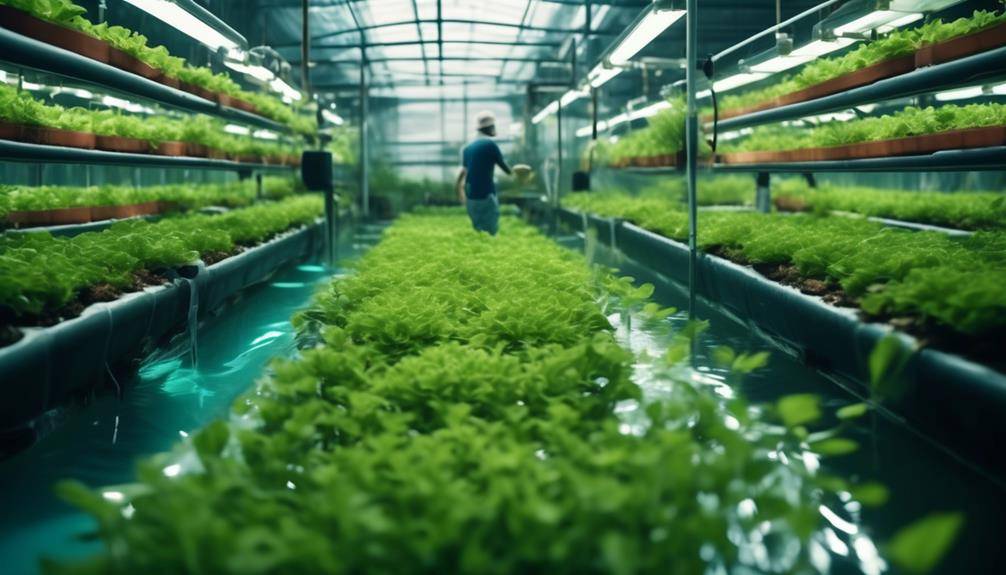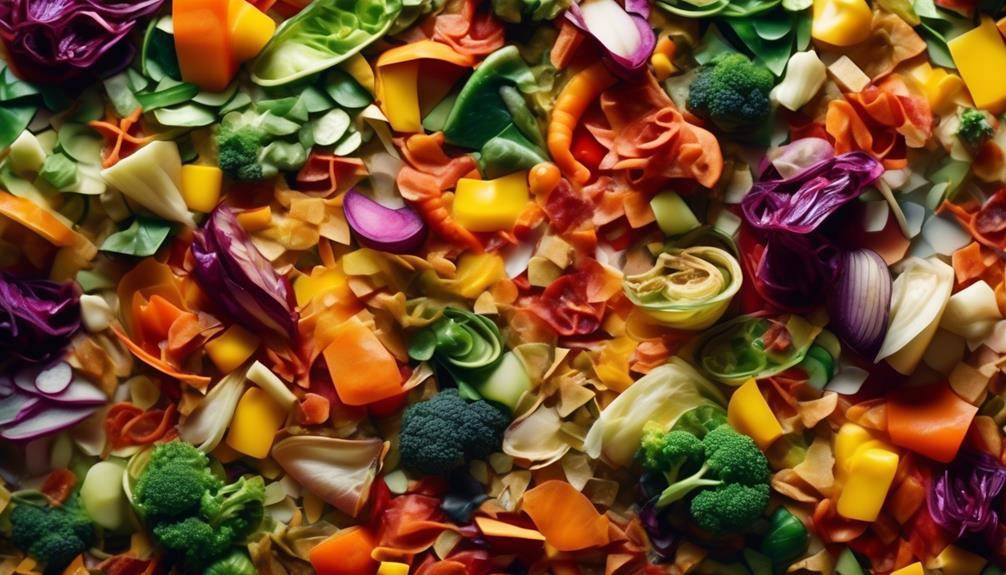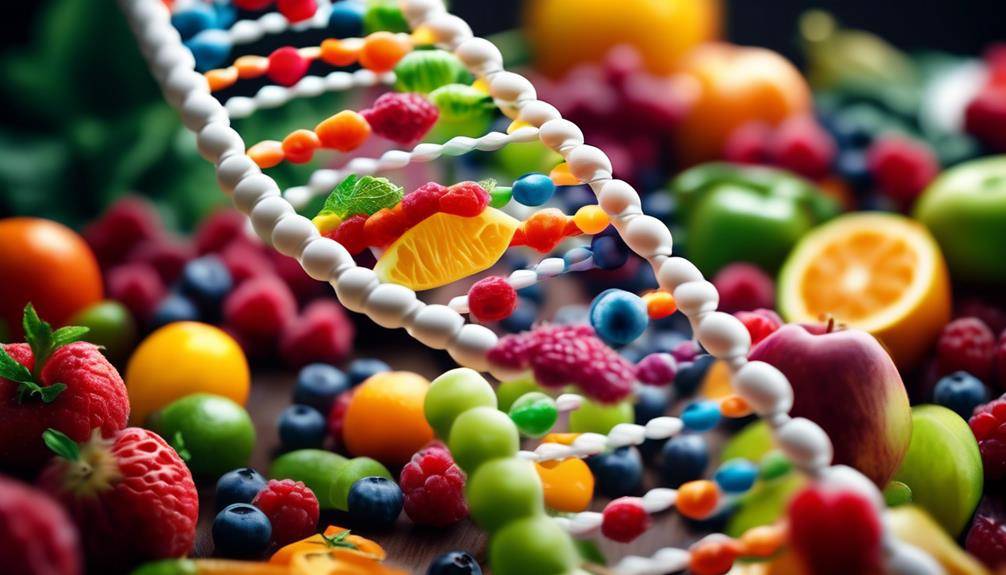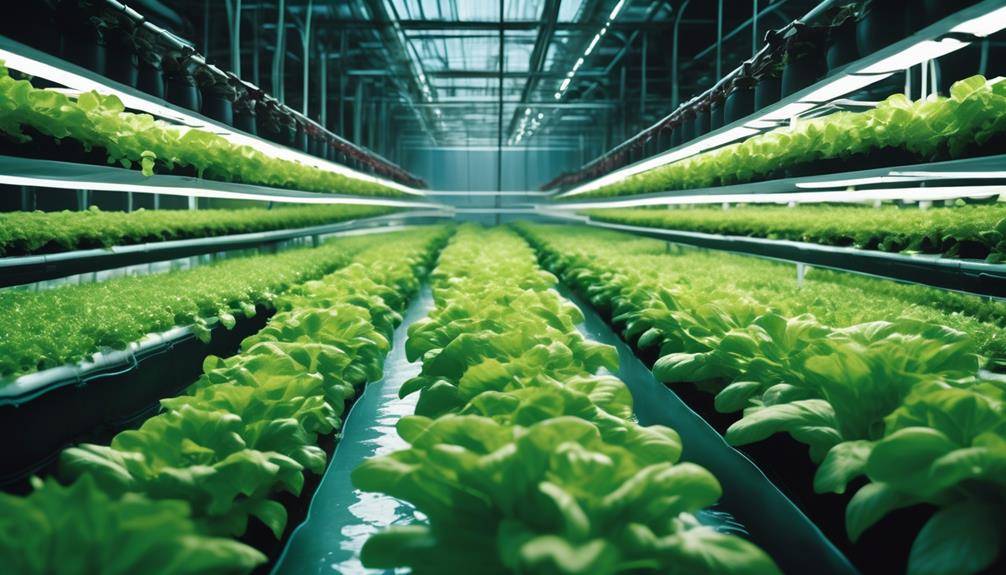Amazing Educational Uses Of 3D Food Printers
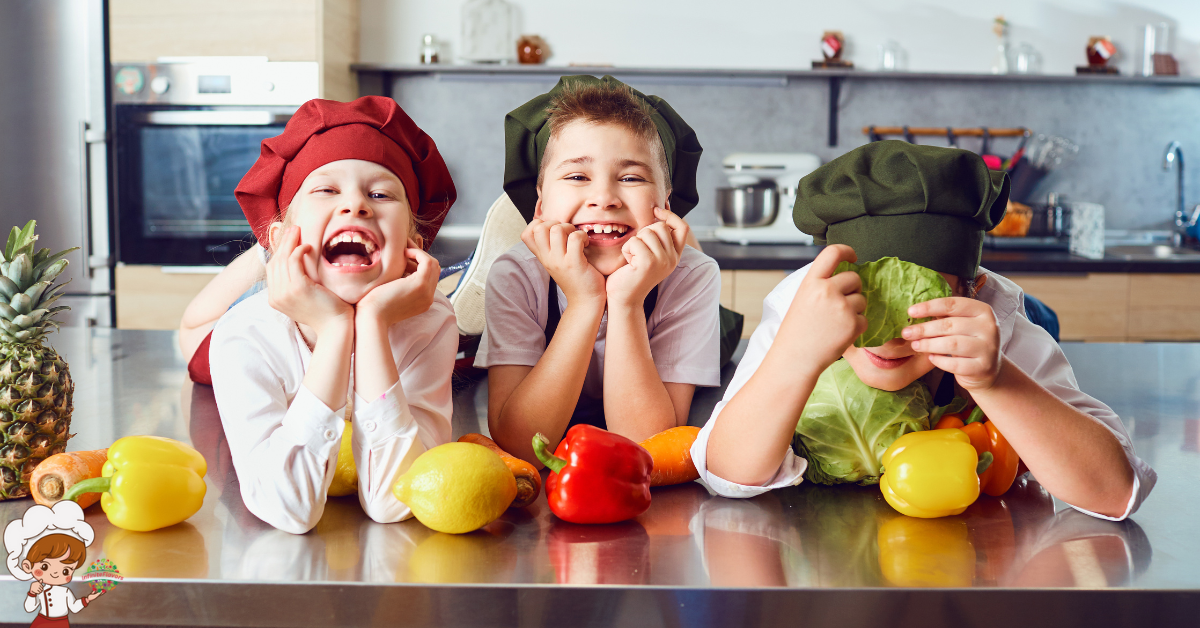
Educational Uses Of 3D Food Printers; 3D food printers are revolutionizing education by merging culinary arts with technology. You’ll engage students in hands-on learning that boosts creativity and critical thinking. They can experiment with flavors, design visually appealing dishes, and improve nutrition education through precise ingredient customization. These printers also foster teamwork, as collaborative projects enhance social skills and problem-solving capabilities. Plus, the focus on real-world applications connects theoretical knowledge with practical skills, preparing students for future careers. If you’re curious about how this technology can further enhance educational experiences, there’s much more to explore.
Engaging Students in STEAM
Engaging students in STEAM (Science, Technology, Engineering, Arts, and Mathematics) is essential for nurturing their creativity and critical thinking skills. 3D food printers serve as an innovative tool that sparks curiosity and excitement in the classroom. By integrating this technology, you can inspire students to explore the intersection of food aesthetics and engineering, transforming traditional culinary practices into hands-on learning experiences.
When students design their edible creations using a 3D food printer, they actively engage in problem-solving and critical thinking. They’ll experiment with various ingredients, learning about the science behind food properties and how they affect the final product. Encouraging them to think about food aesthetics not only fosters artistic expression but also enhances their understanding of presentation in culinary arts.
Moreover, the integration of technology into food design allows students to connect theoretical concepts with practical applications. You’ll witness their enthusiasm as they create visually appealing dishes, bridging the gap between creativity and technology. This approach not only enhances students’ understanding of STEAM subjects but also prepares them for future careers in rapidly evolving fields. So, harness the power of 3D food printers and watch your students thrive!
Enhancing Culinary Skills
Using 3D food printers can really boost your culinary skills by allowing you to experiment with creative recipes in a whole new way. You’ll find that precision in food design helps you create dishes that look as good as they taste, enhancing your presentation skills. Plus, you’ll have unique opportunities to learn about nutrition as you customize ingredients for healthier meal options.
Creative Recipe Development
As you explore the world of 3D food printing, you’ll discover that creative recipe development becomes an exciting avenue to enhance your culinary skills. With the ability to customize ingredients, you can experiment with flavors and textures in ways that traditional cooking methods simply can’t match. Imagine designing a dish that perfectly balances sweetness and saltiness, all tailored to your personal palate.
You’ll find that flavor experimentation takes on a new dimension when you can manipulate the composition of your food. Want to incorporate more protein or add a hint of spice? Simply adjust your recipe and see how it transforms the final product. The beauty of 3D food printers lies in their versatility, allowing you to easily swap out ingredients to create healthier or more adventurous dishes.
Moreover, the visual appeal of your creations can inspire you to think outside the box. You can shape your food into intricate designs that not only taste good but also look stunning on the plate. This combination of ingredient customization and artistic expression will certainly elevate your culinary repertoire, making cooking an even more enjoyable and creative experience.
Precision in Food Design
With the freedom to create unique recipes comes the opportunity to focus on precision in food design, which can greatly enhance your culinary skills. 3D food printing allows you to craft dishes with exact measurements and intricate details, ensuring that every element of your creation is just right. By utilizing 3D modeling, you can visualize your designs and refine them before printing, making adjustments that adhere to design principles.
This approach not only elevates food aesthetics but also invites texture experimentation, allowing you to create multi-layered dishes that engage the senses. Culinary technology empowers you to explore flavor pairing in innovative ways, combining ingredients that might seem unlikely but yield extraordinary results.
As you embrace this medium, you’ll find that it fosters artistic expression, transforming cooking into a form of digital gastronomy. Each dish becomes a canvas, where you can apply your creativity while maintaining precision. This level of control helps you perfect your skills, paving the way for new culinary adventures. So, immerse yourself in this exciting domain and watch your culinary abilities flourish as you create visually stunning and delicious masterpieces.
Nutritional Education Opportunities
3D food printers present unique nutritional education opportunities that can greatly enhance your culinary skills. By engaging with these innovative devices, you can improve your meal planning by creating visually appealing dishes tailored to various dietary preferences. You’ll gain insights into food sustainability, as you learn to source ingredients responsibly and reduce waste.
As you explore cooking techniques, you’ll discover how to manipulate textures and flavors, making your dishes not only nutritious but also exciting. Portion control becomes easier when you can customize the size and shape of your food, promoting healthier eating habits.
Incorporating taste testing into your learning process allows you to fine-tune your creations and understand the importance of flavor profiles. You’ll also investigate food history and cultural nutrition, gaining a deeper appreciation for global culinary traditions.
Exploring Nutritional Concepts
One powerful way to explore nutritional concepts is through the innovative use of 3D food printers in educational settings. These machines allow you to create customized food items that cater to specific dietary preferences while emphasizing food aesthetics. Imagine designing a meal that not only meets nutritional guidelines but also looks visually appealing.
Using 3D food printers, you can experiment with different ingredients and textures, helping you understand the nutritional value of various foods. It’s an engaging way to learn about macronutrients and micronutrients while applying these concepts in a hands-on manner. You can create meals that align with different dietary needs, such as gluten-free, vegan, or low-sugar options, fostering an appreciation for the diversity of food choices available.
Additionally, by focusing on food aesthetics, you’ll see how presentation impacts the perception of nutrition. When you design a plate that’s colorful and inviting, it encourages healthier eating habits. This exploration not only enhances your understanding of nutrition but also equips you with valuable skills for future culinary endeavors. Embracing 3D food printing in education opens up exciting possibilities for learning about nutrition in a fun, interactive way.
Fostering Creativity and Innovation
Exploring nutritional concepts through 3D food printing naturally leads to an environment where creativity and innovation thrive. You’ll find that food aesthetics play a significant role in engaging students, encouraging them to think outside the box. With 3D food printers, you can immerse yourself in flavor experimentation and texture variation, allowing learners to create unique dishes that tantalize the senses.
This hands-on approach fosters design thinking, as students must consider not only how to shape their meals but also how to blend cultural cuisines, showcasing global diversity. By integrating sustainable practices into ingredient sourcing, you can promote a deeper understanding of food technology’s impact on the environment.
Moreover, students can express their artistic vision, transforming meals into edible art while creating memorable sensory experiences. Each dish becomes a canvas for exploration, and the kitchen, a lab for innovation. As you guide your learners through this process, you’ll witness their excitement as they combine culinary skills with creativity, ultimately preparing them for future challenges in the culinary world and beyond. Embrace this opportunity to inspire the next generation of food innovators!
Real-World Applications in Education
The integration of 3D food printing in education offers students a tangible way to connect theoretical knowledge with practical skills. By exploring food technology, you can engage in hands-on learning that enhances your understanding of nutritional science, engineering, and culinary arts. This technology allows you to experiment with ingredients, portion sizes, and presentation, making the learning experience dynamic and immersive.
As you plunge into design thinking, you’ll learn to approach problems creatively and iteratively. You might start by brainstorming ideas for healthy snacks, then move on to designing and printing prototypes. This process encourages critical thinking and collaboration, as you’ll often need to evaluate and refine your designs based on taste and aesthetics.
In the classroom, 3D food printers can be used to create visually appealing dishes that cater to dietary restrictions or preferences, making lessons in inclusivity and health more relevant. Additionally, as you see your designs come to life, you’ll gain valuable insights into the intersection of art and science, preparing you for future challenges in both food technology and beyond. Embracing this innovative approach can truly reshape the way you learn and apply your knowledge.
Collaborative Learning Experiences
When you engage in hands-on team projects with 3D food printers, you’re not just creating food; you’re building teamwork skills. Together, you can brainstorm creative recipes while exploring nutritional science in a fun and interactive way. This collaborative approach makes learning more engaging and effective.
Hands-On Team Projects
Hands-on team projects with 3D food printers can transform the classroom into a dynamic learning environment. When you engage in these collaborative projects, you’re not just creating edible art; you’re also enhancing team dynamics and project management skills. Each member of your team brings unique strengths to the table, fostering a sense of collaboration that mirrors real-world scenarios.
As you plan your project, you’ll need to divide responsibilities effectively. This requires clear communication and a solid understanding of each person’s role. By doing so, you’ll learn how to manage time and resources efficiently, essential skills for any future endeavor. You’ll also discover the importance of giving and receiving feedback, which strengthens your team’s cohesion.
Throughout the project, you’ll face challenges that require creative problem-solving and adaptability. These experiences will help you develop resilience and resourcefulness, qualities that are invaluable in both academic and professional settings. Plus, as you watch your 3D creations come to life, you’ll feel a sense of accomplishment that reinforces the importance of teamwork. Ultimately, hands-on projects with 3D food printers can make learning more engaging and effective.
Creative Recipe Development
How can collaborative learning experiences enhance creative recipe development with 3D food printers? When you work together with classmates, you can explore new ideas and push the boundaries of traditional cooking. Using 3D food printers, you’ll engage in flavor experimentation, combining unique ingredients to create exciting new dishes. This hands-on approach allows everyone to contribute their insights, leading to breakthroughs that might not happen individually.
As you collaborate, you’ll also immerse yourself in texture variation. By discussing how different materials behave in the printer, you can optimize the mouthfeel and visual appeal of your creations. Each team member can suggest adjustments and test various formulations, sparking lively discussions about what works and what doesn’t.
Through this shared experience, you’ll not only hone your culinary skills but also develop critical thinking and problem-solving abilities. The act of creating something together fosters communication, respect, and a sense of accomplishment. Plus, you’ll likely discover new friends who share your passion for food innovation. Ultimately, collaborative learning experiences with 3D food printers can lead to delicious outcomes and a deeper appreciation for the art of cooking.
Nutritional Science Exploration
Collaborative learning experiences often deepen your understanding of nutritional science, especially when using 3D food printers. By working together, you can explore food technology in a hands-on way that encourages discussion and creativity. Imagine teaming up with classmates to design meals that not only look appealing but also cater to specific dietary habits. This process helps you learn about essential nutrients and how they fit into various diets.
As you experiment with 3D food printers, you’ll discover how different ingredients affect taste, texture, and nutrition. You can analyze the impact of food choices on health, fostering a greater appreciation for balanced meals. Each project offers a chance to discuss the implications of dietary habits, leading to informed decisions about nutrition.
Frequently Asked Questions: Educational Uses Of 3D Food Printers
What Types of Materials Can Be Used in 3D Food Printers?
When exploring 3D food printers, you’ll find various food printing materials like chocolate, dough, or pureed fruits. Edible filaments made from ingredients like sugar or starch also enhance creativity in designing unique edible creations.
How Do 3D Food Printers Work Mechanically?
3D food printers work mechanically by layering materials through a nozzle during the printing process. You’ll find components like motors, heaters, and extrusion systems that precisely control each layer, creating intricate designs and textures in your food.
What Are the Costs Associated With Purchasing a 3D Food Printer?
When you consider buying a 3D food printer, factor in the initial investment and ongoing maintenance costs. Depending on the model, these expenses can vary considerably, so research thoroughly to find what fits your budget.
Are There Safety Concerns With Using 3D Food Printers in Classrooms?
Yes, there are safety concerns with using 3D food printers in classrooms. You’ll need to enforce hygiene practices and guarantee proper student supervision to minimize risks, especially when handling food materials and operating equipment.
Can 3D Food Printing Be Integrated Into Existing Curriculum Standards?
Absolutely, you can integrate 3D food printing into existing curriculum standards. It promotes hands-on learning, allowing students to explore science, technology, and nutrition while engaging creatively, enhancing their understanding through practical, interactive experiences.
Conclusion
Incorporating 3D food printers in education opens up exciting opportunities for students. You’ll engage them in STEAM subjects, enhance their culinary skills, and deepen their understanding of nutrition. This technology fosters creativity and innovation, allowing learners to experiment and think outside the box. Plus, it provides real-world applications that can make lessons more relevant and exciting. By embracing collaborative learning experiences, you’re not just teaching; you’re inspiring the next generation of thinkers and creators.




